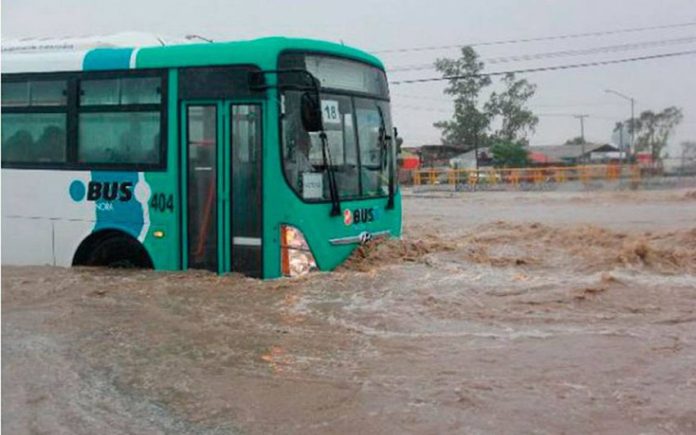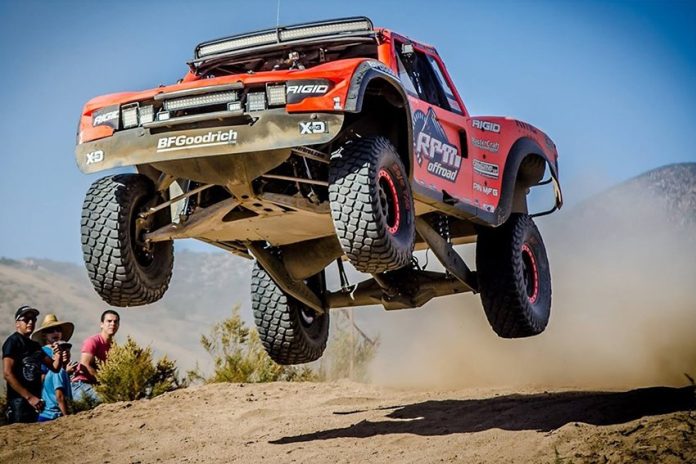October in Mexico is a busy time of year for both the natives as well as for us gringo invaders. October is when all of the snowbirds begin their migration to the balmy climes of Mexico.
Over the winter roosting period, the typical snowbird will transition from pinks and reds to a deep tone reminiscent of oiled mahogany just prior to their return to the frozen wastelands of the north.
October is also the beginning of the annual marijuana harvest, mostly in remote mountainous areas throughout the country. By Christmas time, exuberant youths in worn huaraches will be blazing down dirt roads (in this same mountainous area), proudly ensconced in their new trucks, or in ATVs.
October is also when many expats who live in the tropical areas of Mexico emerge from their air conditioned cocoons, the summer sequester now ended, to face the tolerable weather of the coming “season.”
But when I think of October, the overwhelming thought which jumps to mind is Día de Muertos. Day of the Dead means three days of high-quality cultural adventure available throughout the country, where the price of participation is an open heart and a ready smile.
Growing up in a different culture, I only knew about Halloween and even then it only meant kids in costume going house to house and loudly announcing themselves with “trick or treat.” I never suspected October 31 to be anything more than a frenzied quest to capture and horde as much candy as possible.
Here in Mexico, the practice of “trick or treat” is called calaverita (sugar skull) and the children ask ¿Me da mi calaverita? or can you give me my sugar skull? However, this three-day event is about far more than a massive sugar hit for children.
The traditional belief is that the gates of heaven will open at midnight October 31 and the spirits of all the departed children will have 24 hours to commune with their earthly families. At midnight on the 1st of November, the spirits of the adults will also have 24 hours to reunite with family.
So here in Mexico, Halloween is just the first day of a triduum that is dedicated to remembering the dead, including saints (hallows), martyrs (these are non-Islamic), and of course all the faithful but departed family members.
Part Christian, part pagan and totally Mexican, this celebration eclipses Christmas, and is only surpassed by Holy Week. So for three days, wherever you go, you see dead people, or at least their skeletal remains.
The Mexican culture embraces death in a manner quite mysterious to those of us who grew up north of the border. Death, here in the land of mañana, is a continuum which has been woven into the sanguinary fabric of this society.
With centuries of violent politics, revolutions and uprisings, along with the daily hardships of life mingled with an irrepressible tradition of superstition, there is a need for three whole days of celebratory remembrance.
Even though other cultures have developed ceremonies which coincide with Día de Muertos, only in Mexico do people get great joy from a meticulously costumed cadaver decorously known as The Catrina.
Over the last 100 years, The Catrina has become the reverential image of Death in Mexico. This osteological assemblage comes in a multitude of configurations and runs the gamut between cleverly configured candies and grandiose steel sculptures.
Her skull and exposed bones look to have been picked clean by a punctilious pack of zopilotes (buzzards), and then bleached by the relentless Mexican sun. Her garishly colorful costume combined with her ghoulish visage gives me an impression of the grim reaper on acid. Her toothy grimace leers at the living across the elusive portal of time to remind us that we are all mortal and that death is the final arbiter.
Four years ago, my captured tourist woman and I communed with death for the full three days in Mexico City; what a hoot. The evenings along the esplanade through the historic district were filled with revelers, most of whom were in some type of costume.
For a mere 10 pesos you could have your picture taken next to a seven-foot, fully cloaked Catrina, or purchase white chocolate skulls and dark chocolate skeletons of various sizes. The hand-drawn signs outside the many bakeries proclaimed pan de muerte or “bread of death,” most likely to be shared with a long dead aunt.
Mexican children scurried among the wandering throngs, cloaked in a variety of sepulchral vestments. We did not see any fairies, clowns, pirates, angels, cowboys, ballerinas, cuddly animals or anything that could be construed as guileless or benevolent; only ghouls. Of course, this fits perfectly with the cultural hoopla for these three moribund days.
So at an early age Mexican children assimilate a sense of finality that declares death trumps all; fear not the dark side of life, just party on! As long as there are white chocolate skulls and dark chocolate skeletons to muddle the horror of the netherworlds, death goes down quite easily.
On November 2, the last of the three days, families gather at cemeteries with baskets filled with food and drink to share a meal with the dearly departed. Some families will openly shed tears while others address their loss with a frivolity which belays the solemnity of personal loss.
That frivolity can include sizable bands which play for many hours at ear-splitting volume. Indeed, there is a cemetery in Culiacán, Sinaloa, in which the fiesta is elaborate, lengthy as well as dangerous for outsiders.
The “narco” cemetery in Culiacán has numerous mausoleums which are equal in size to a fully furnished three or four-bedroom house, and which have kitchens and satellite TV. It is almost like there is an ongoing competition for families to bury their bad boys with more bling than any of their rivals.
However, all rivalries are put aside for this one day of the year as families celebrate the short lives of those who gave them wealth. As day fades into night, and the tequila flows freely, the sounds of automatic weapons being fired into the air echoes across the city.
Throughout the rest of Mexico this celebration of death may not be as extravagant as Mexico City, or as dangerous as Culiacán, but is still three days of fun and frolic not to be missed.
So create a costume, have your face painted and embrace your mortality, you need not die to join the party. Nevertheless, just in case, it might be safest to avoid eating the Bread of Death.
The writer describes himself as a very middle-aged man who lives full-time in Mazatlán with a captured tourist woman and the ghost of a half wild dog. He can be reached at [email protected].









